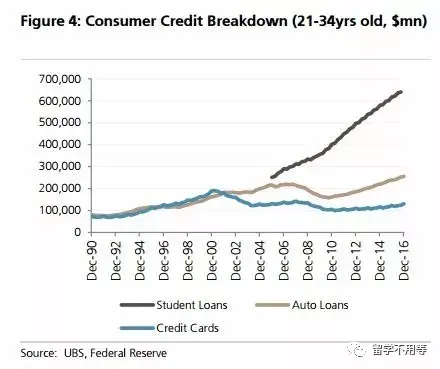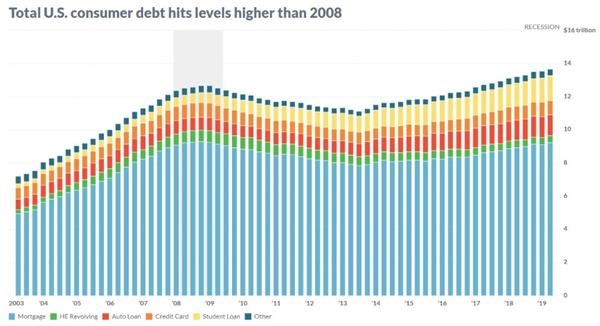Understanding Student Loan Tax Forms: A Comprehensive Guide for Borrowers
Guide or Summary:What are Student Loan Tax Forms?Why are Student Loan Tax Forms Important?How to Fill Out Student Loan Tax FormsCommon Mistakes to AvoidWhen……
Guide or Summary:
- What are Student Loan Tax Forms?
- Why are Student Loan Tax Forms Important?
- How to Fill Out Student Loan Tax Forms
- Common Mistakes to Avoid
When it comes to managing student loans, one of the most crucial aspects is understanding the associated tax implications. This is where student loan tax forms come into play. These forms are essential for borrowers to navigate the often complex world of student loan interest deductions and other tax benefits. In this comprehensive guide, we will explore everything you need to know about student loan tax forms, including what they are, how to fill them out, and the benefits they offer.
What are Student Loan Tax Forms?
Student loan tax forms are documents that borrowers need to complete to report the interest paid on their student loans during the tax year. The most common form related to student loans is the IRS Form 1098-E, which is issued by lenders to report the amount of interest paid on qualified student loans. If you paid more than $600 in interest during the year, your lender is required to send you this form, which will help you claim the student loan interest deduction on your tax return.
Why are Student Loan Tax Forms Important?
Understanding student loan tax forms is crucial for several reasons. Firstly, they can significantly reduce your taxable income. The student loan interest deduction allows you to deduct up to $2,500 of interest paid on qualified student loans, which can lead to substantial tax savings. Secondly, accurately reporting your student loan interest can prevent any potential issues with the IRS, ensuring that you remain compliant with tax regulations.

How to Fill Out Student Loan Tax Forms
Filling out student loan tax forms can seem daunting, but it is relatively straightforward. Here’s a step-by-step guide:
1. **Gather Your Documents**: Collect all relevant documents, including your Form 1098-E, which outlines the interest you paid on your student loans.
2. **Determine Your Eligibility**: To qualify for the student loan interest deduction, your modified adjusted gross income (MAGI) must be below certain thresholds. Make sure to check the IRS guidelines for the current tax year.

3. **Complete Your Tax Return**: When filling out your tax return, you will need to include the amount of student loan interest paid, as indicated on your Form 1098-E. This information goes on Schedule 1 (Form 1040), which is used to report additional income and adjustments to income.
4. **File Your Taxes**: After completing your tax return, make sure to file it by the deadline, which is typically April 15th. If you need more time, you can file for an extension, but be aware that this does not extend the time to pay any taxes owed.
Common Mistakes to Avoid
When dealing with student loan tax forms, borrowers often make several common mistakes. One of the most frequent errors is failing to report all interest paid, especially if you have multiple loans with different lenders. Additionally, some borrowers overlook the income limits for the student loan interest deduction, which can lead to disqualification. Always double-check your figures and ensure that you have included all necessary information to avoid any issues.

Navigating student loan tax forms is an essential part of managing your student loans and maximizing your tax benefits. By understanding the forms, knowing how to fill them out, and being aware of common pitfalls, you can ensure that you take full advantage of the available deductions. Whether you are a recent graduate or still in school, staying informed about your student loan tax obligations will help you make smarter financial decisions in the long run.